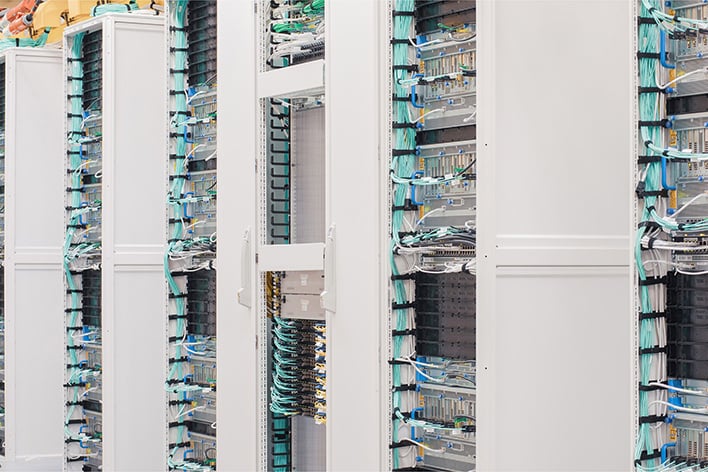Scientists Propose An AI Kill Switch In Case Things Go Disastrously Wrong
The paper, which was produced by a cadre of experts from academia and industry (including AI leader OpenAI) proposes several ways we could control AI infrastructure. "AI-relevant compute is a particularly effective point of intervention: It is detectable, excludable, and quantifiable, and is produced via an extremely concentrated supply chain," the report (PDF) says. The report was produced in partnership with the University of Cambridge's Centre for the Study of Existential Risk.
Often, the engineers designing these systems can't predict or explain why they exhibit certain behaviors. There is concern that as the models become more complex, it could be much harder to prevent misuse with standard guardrails. There is intense interest at the government level to understand these risks because the same technology that lets you summarize a webpage could be used for military applications, like the development of malware or weapons.
Google recently announced a version of its Gemini AI that can run with millions of data tokens, and there are plans in the industry to push into the trillions. That will require massive amounts of AI compute—tens or hundreds of thousands of GPUs or AI accelerators (like the Nvidia H100s above). The report says that the best "choke point" to contain dangerous AI is at the chip level, in part because there are only a few companies making the hardware: Nvidia, AMD, and Intel. The US is already leveraging this fact to limit the supply of AI hardware to China.

The report lists a few concrete actions regulators could take, but it notes that not all are feasible or without drawbacks. There could be a hardware-level "kill switch" that allows regulators to verify the legitimacy of an AI and shut it down remotely if it begins misbehaving. Any attempt to modify AI accelerators to bypass regulation could also result in the chip disabling itself. The group additionally proposes adding co-processors to accelerators that hold a cryptographic certificate. That "license" might require periodic updates from a regulator. Allowing models to run out of control could result in the license being revoked to prevent misuse.
The tech sector, and in particular the bleeding-edge of AI development, is likely generally resistant to regulation. Many feel it would hamper the progress of these potentially revolutionary systems. Adding kill switches to chips could have unintended consequences, for example, giving hackers a juicy target or allowing reactionary regimes to shut down projects they don't like. Nevertheless, hardware is something we can control at a time when the inner workings of advanced AI models are so difficult to fathom, and even begin to understand, for some.
*Top Hero Image Credit: Generated via OpenArt and HH Editor text prompts


